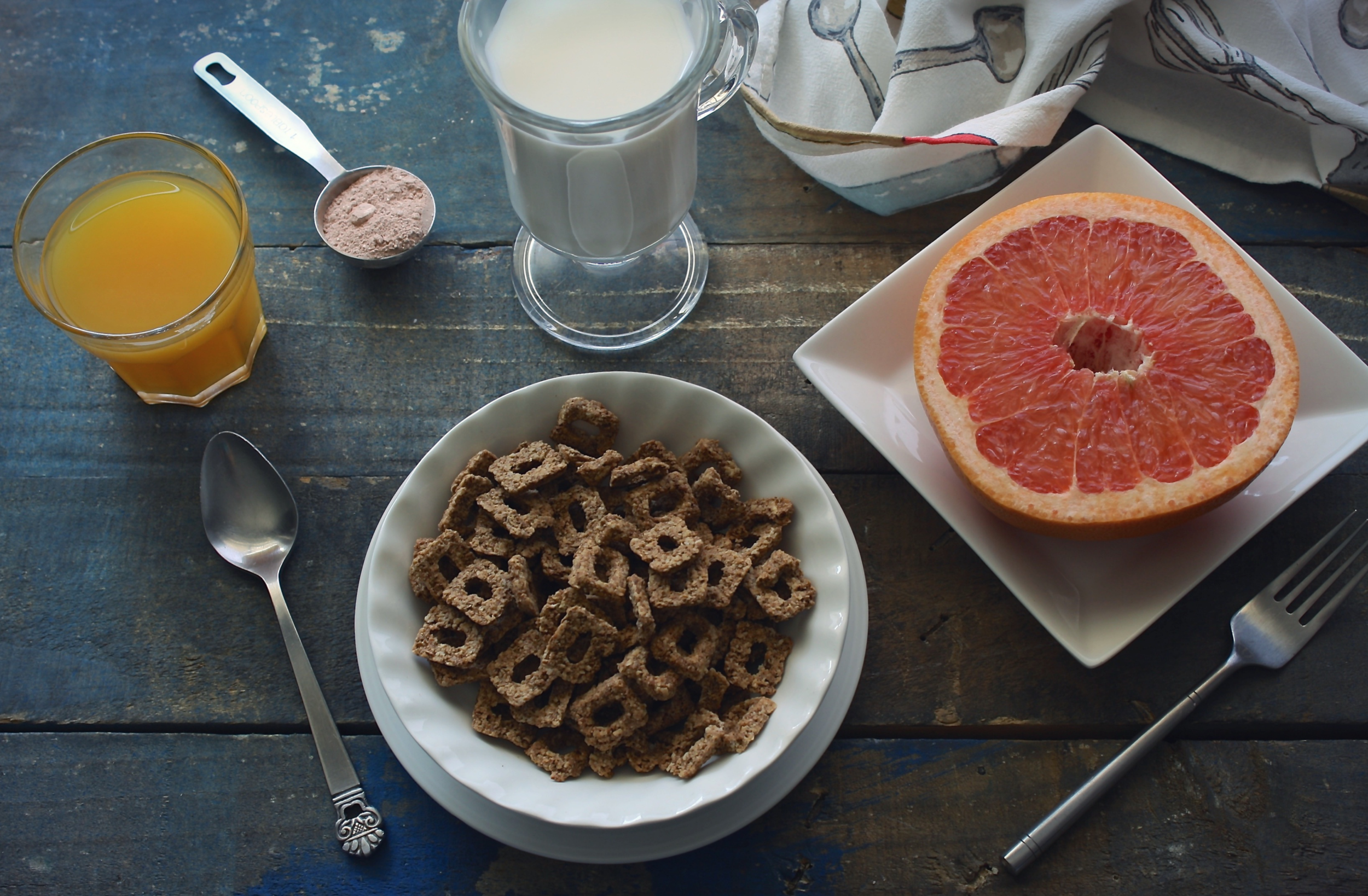Why Fiber is F-ing Fantastic
If you have problems with energy, food cravings, overeating, hormone issues, or weird poops, getting more fiber could be a game changer.
Fiber does some pretty amazing things in the body and rarely gets the recognition it deserves! It helps clean out the intestines, feeds microflora in the gut, and helps the body get rid of toxins and extra hormones. It keeps blood sugar regulated and steady, so you won't crash. Fiber also helps the pancreas recycle the gastric juices that help break down food, improving digestion.
There are two types of fiber: soluble and insoluble. Soluble means that it dissolves in water, forms a gel and is fermentable by the bacteria in the GI tract. Insoluble means that it does not dissolve in water or form a gel and is not fermentable. Soluble fiber helps with detoxification in the liver and helps regulate blood sugar, which helps prevent cravings and spikes or dips in energy level. Insoluble fiber helps push things through the digestive tract to eliminate old hormones, toxins and solid waste. It also feeds the microflora, which help make neurotransmitters like serotonin (our happy brain chemical).
Disclosure: Some links on this blog contain affiliates. When you buy through one of our links we will receive a commission. This is at no cost to you. Thank you for supporting us and allowing us to continue to bring you valuable content.
While seeking out fiber in the diet, beware of sugar bombs, especially at breakfast. While this breakfast is probably delicious and does contain some fiber, there is a higher-than-ideal ratio of sugars to fiber.
Where do I find fiber?
Fiber exists in vegetables, fruit, nuts, seeds, legumes and whole grains. So basically, plants.
But beware of “health halos” and foods labeled as high in fiber! Many of them are equally high in sugars and carbohydrates. A good example of this is breakfast cereals, which are also low in protein needed for sustained energy throughout the day. So that healthy breakfast cereal may be setting you up for caffeine dependence and carb or sugar cravings.
Because foods have different percentages of the two types of fiber in them, I coach my clients to focus on total fiber intake before worrying about how much of each type of fiber they need. Vegetables have both types of fiber in them while beans contain mostly soluble fiber. Cooking can break down fiber a bit, but don’t let that keep you from fully cooking your beans or eating your veggies the way that you want to.
Think veggies and fruit when you’re looking for sources of fiber. Let’s think of these as primary sources of fiber, and let whole grains and beans take more of a back seat as you prioritize where you get fiber (this is especially recommended if you are working on your gut health).
Bok choy is great sautéed, stir-fried, grilled or roasted
Green leafy vegetables (spinach, bok choy, lettuce, kale, collards, etc.)
Cruciferous vegetables (broccoli and cauliflower, brussels sprouts, cabbage, etc.)
Root vegetables (beets, carrots, parsnips, sweet potato, etc.)
Squash (butternut, acorn, pumpkin, spaghetti squash, zucchini, etc.)
Plantains and bananas
Fruit (especially berries)
Nuts
Seeds
Avocados
Increasing fiber intake can be tricky because if you're not getting enough water, it can lead to gas and bloating. Not fun!
How much fiber do I need?
Most Americans get less than 15 grams of fiber per day, which is a recipe for constipation. The recommendation given by the Institute of Medicine is 25-38 grams of fiber per day, while many holistic nutrition coaches and dietitians recommend 38-50 grams per day for optimal health.
What does a good fiber day look like?
Here’s what 39 grams of fiber looks like:
Breakfast
Avocado smoothie bowl with collagen protein, cocoa, beets and spinach, walnuts and açaí puree.
Lunch
Salad greens with egg, olive, artichoke heart, radish, carrot, broccoli slaw and almond slivers.
Snack
1 thumb-sized portion of Pistachios.
Dinner
Salmon filet with sweet potato with Himalayan salt and coconut manna and spicy oven-roasted roasted cauliflower.
Supplementing with Fiber
Getting fiber can be tough for anyone, not just busy people. Fiber supplements can be a godsend for someone struggling to get enough.
Many fiber supplements rely heavily on psyllium husk, which can be rough on the digestive system. Others use wheat dextrin, which can disrupt sensitive digestive systems and is discouraged for use by people with bowel disorders.
The key is finding supplements that rely on pectin rather than some of the harsher (but cheaper) ingredients. These two of my favorite fiber supplements:
FiberMend blends apple pectin, arabinogalactan from larch trees, partially hydrolyzed guar gum and rice bran for a gentle, gut-friendly way to get fiber. It dissolves in water, but the best way to use it is in protein shakes, where it can add texture and make them more filling.
Pectinate is a blend of citrus pectin and R-lipoic acid, an antioxidant. Citrus pectin is so remarkable because it surrounds and traps heavy metals in our bodies, helping flush them out. This is particularly good for helping the liver with detoxification.
Putting it into practice
Here are some tips to help you ramp up that fiber intake!
Drink plenty of water. Half your bodyweight (lb.) in ounces is the general recommendation recommended by most nutrition coaches, myself included.
Track your fiber intake. Get a baseline by using a food tracker app. Periodically check in from time to time. You may surprise yourself!
Be realistic about what you can do right now. For some people, cooking all their meals at home is no big deal. For others, it can be a challenge. Use all the tools you have to make yourself as successful as possible. Remember this isn’t an all-or-nothing thing.
Whether you add chia seeds to smoothies, increase veggie and fruit consumption or add a specialized fiber supplement, know that you are doing something good for your body and reaping the rewards.


